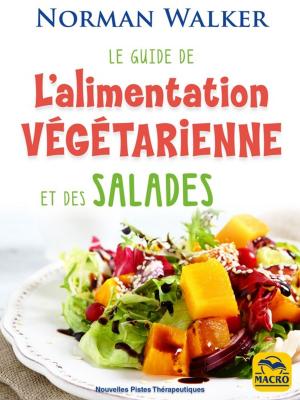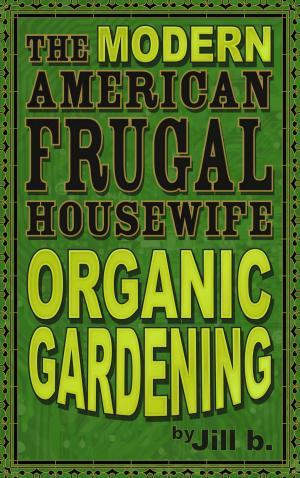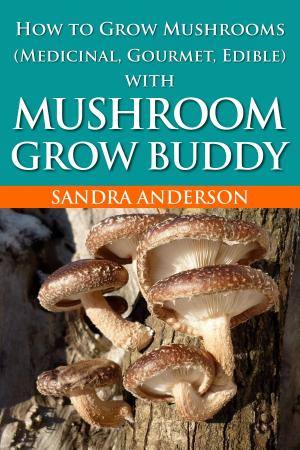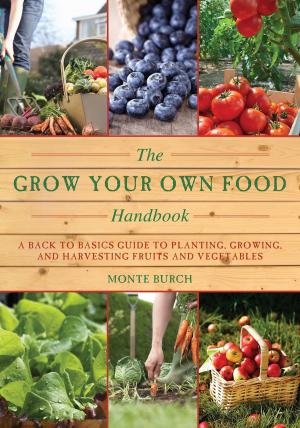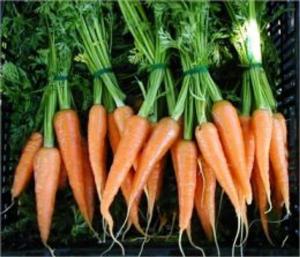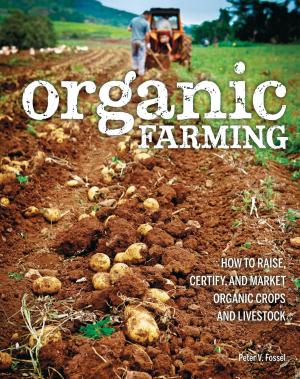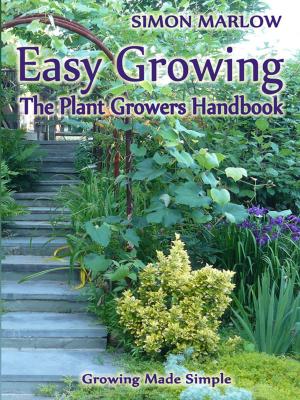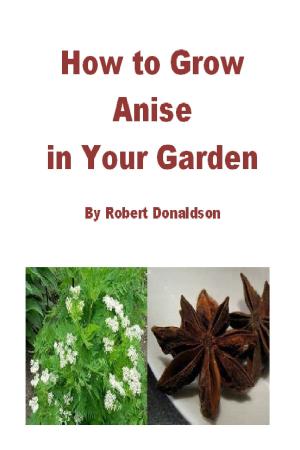Jade Pearls and Alien Eyeballs
Nonfiction, Science & Nature, Science, Biological Sciences, Botany, Home & Garden, Gardening, Vegetables| Author: | Emma Cooper | ISBN: | 9780992858605 |
| Publisher: | Emma Cooper | Publication: | May 1, 2014 |
| Imprint: | Smashwords Edition | Language: | English |
| Author: | Emma Cooper |
| ISBN: | 9780992858605 |
| Publisher: | Emma Cooper |
| Publication: | May 1, 2014 |
| Imprint: | Smashwords Edition |
| Language: | English |
Beyond our familiar fruits, vegetables and herbs, edible plants can be exotic, old-fashioned, wild or just plain weird. Think of the things you consider to be unusual – things you've seen in the produce section, or the latest 'superfruit' to be mentioned in the media. Perhaps you encountered something new on holiday, and wished you could bring it home with you. A list of plants you consider to be unusual would be different from my list, which would be different from everyone else's, because what counts as unusual depends on both your past experiences, where you live and when you live – there are trends and fashions in food and gardening, as in anything else.
An unusual plant may have been commonly grown in the past, or it may have been bred only recently and be something truly new. Or it may come from far away. It may be a plant that is very commonly grown and known in agriculture, but not often cultivated at home - or the reverse, a plant that is common in gardens and on allotments but rarely commercially available.
Why would people want to step off the beaten garden path and grow something unusual? At the simplest level, I think there is a natural human impulse to seek out new and interesting things, to collect them, to experience them, and for gardeners to grow something new just to see if they can.
Jade Pearls and Alien Eyeballs tells the story of unusual edible plants and the people who grow them. It begins with a potted history of the plant hunters who first began moving edible plants around the world. Returning to the present, it examines the motivations of the modern day fans of unusual edibles, and showcases some of the unusual plants you may encounter as you being your own journey into this fascinating and intriguing world.
Beyond our familiar fruits, vegetables and herbs, edible plants can be exotic, old-fashioned, wild or just plain weird. Think of the things you consider to be unusual – things you've seen in the produce section, or the latest 'superfruit' to be mentioned in the media. Perhaps you encountered something new on holiday, and wished you could bring it home with you. A list of plants you consider to be unusual would be different from my list, which would be different from everyone else's, because what counts as unusual depends on both your past experiences, where you live and when you live – there are trends and fashions in food and gardening, as in anything else.
An unusual plant may have been commonly grown in the past, or it may have been bred only recently and be something truly new. Or it may come from far away. It may be a plant that is very commonly grown and known in agriculture, but not often cultivated at home - or the reverse, a plant that is common in gardens and on allotments but rarely commercially available.
Why would people want to step off the beaten garden path and grow something unusual? At the simplest level, I think there is a natural human impulse to seek out new and interesting things, to collect them, to experience them, and for gardeners to grow something new just to see if they can.
Jade Pearls and Alien Eyeballs tells the story of unusual edible plants and the people who grow them. It begins with a potted history of the plant hunters who first began moving edible plants around the world. Returning to the present, it examines the motivations of the modern day fans of unusual edibles, and showcases some of the unusual plants you may encounter as you being your own journey into this fascinating and intriguing world.



